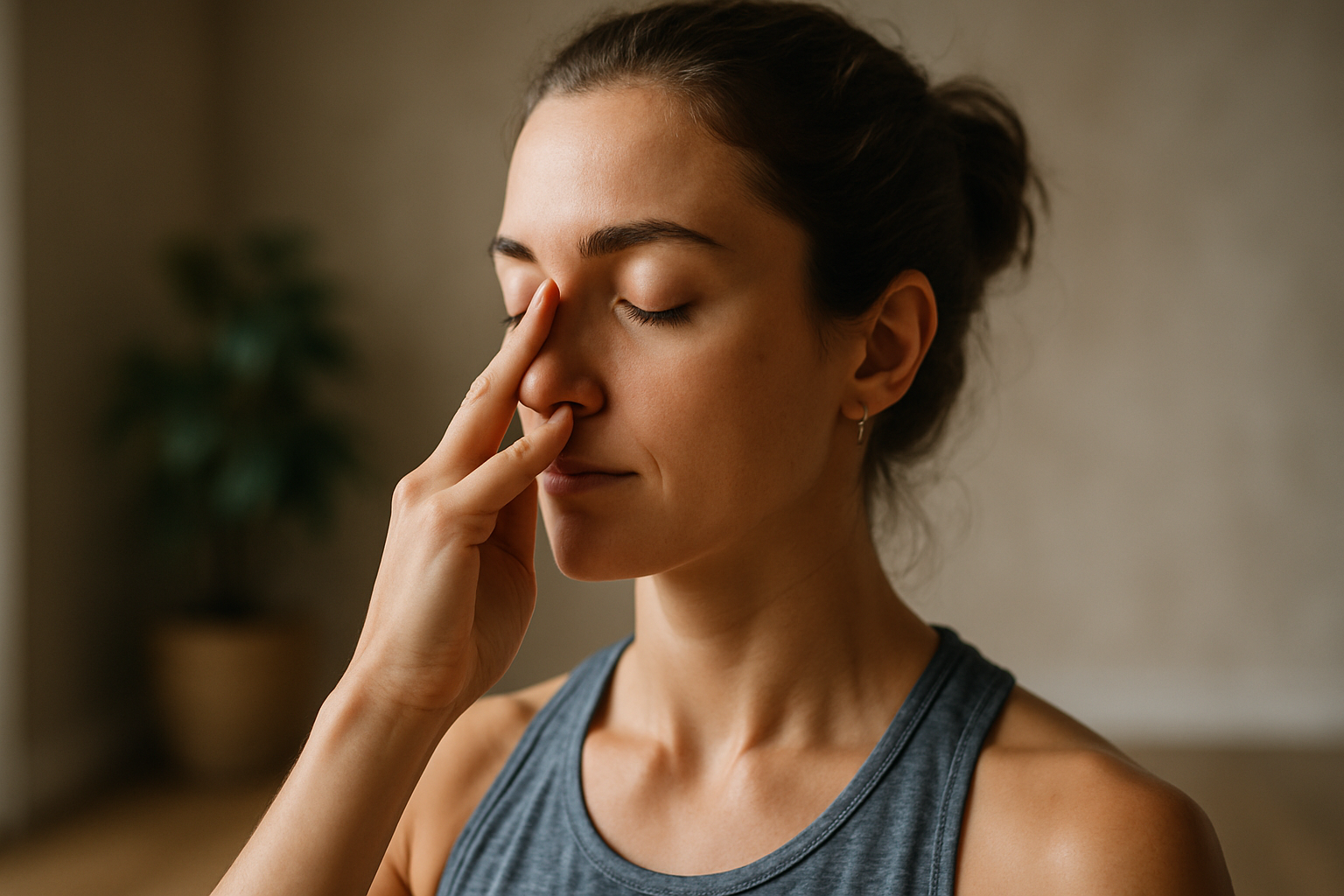Simple movement practices to clear mental fog
Mental fog can make routine tasks feel heavy and attention slip away. Short, intentional movement practices paired with breathing and simple routines can restore clarity, reduce stress, and support better sleep and focus. This article outlines approachable exercises and lifestyle tips to help clear fog and build resilience.

Mental fog often shows up as slowed thinking, scattered attention, or low energy. Short, consistent movement practices can counter these symptoms by improving circulation, regulating breathing, and supporting better sleep and nutrition habits. Below are practical, accessible approaches that combine movement with mindfulness, breathing work, and simple habit changes to support mood, focus, and emotional regulation.
This article is for informational purposes only and should not be considered medical advice. Please consult a qualified healthcare professional for personalized guidance and treatment.
How can mindfulness and movement improve focus?
Pairing mindful attention with gentle movement trains the brain to return to the present moment. Practices such as slow walking while noticing each footfall, or a short standing body-scan between tasks, strengthen attention and reduce rumination. These activities engage sensory input and require minimal time, so they fit into work breaks or daily routines. Over weeks, this combination can increase resilience to distraction and help restore clearer thinking when stress or fatigue sets in.
What simple movement supports breathing and calm?
Breath-synchronized movements—like gentle yoga flows or seated cat-cow stretches—encourage deeper, slower breathing and reduce sympathetic arousal. Start with five minutes of alternating inhalations with arm lifts and exhalations with gentle forward folds, or practice box breathing while shifting weight from one foot to the other. These practices balance breath and movement, helping to lower acute stress and improve the brain’s ability to focus on the task at hand.
How does movement affect sleep and daytime clarity?
Regular, moderate movement supports sleep quality by regulating circadian rhythms and reducing nighttime arousal. Aim for activity earlier in the day when possible: a brisk 20–30 minute walk or light aerobic session can increase sleep drive and reduce daytime sleepiness. Avoid vigorous exercise close to bedtime for those sensitive to late stimulation. Improved sleep then feeds back into better daytime focus, emotion regulation, and reduced mental fog.
What role does nutrition play with movement routines?
Nutrition and movement are complementary. Small, regular meals with protein and fiber support steady blood sugar, which reduces mid-day crashes that feel like fog. Hydration is also key—mild dehydration impairs cognitive performance. Pair simple movement breaks with mindful fueling: a short walk after eating can aid digestion and reduce sluggishness, while conscious pauses can help you notice how different foods influence energy and focus.
Which movement habits help manage stress and emotions?
Consistent short practices are more sustainable than long, occasional workouts. Build tiny habits—three minutes of dynamic stretching upon waking, a two-minute breath and shoulder roll every two hours, or a five-minute grounding walk after a meeting. These small anchors interrupt stress cycles, provide opportunities to check in with emotions, and restore cognitive clarity. Over time, such a routine strengthens emotional regulation and resilience, making mental fog less frequent.
How to create a practical routine for sustained clarity?
Design a routine that fits your day: begin with a 3–5 minute morning movement and breathing combo, schedule brief movement breaks mid-morning and mid-afternoon, and include a gentle wind-down walk or stretch before bed. Keep the practices varied to maintain engagement—alternate breathwork, mobility, and light cardio. Track progress in simple ways (notes or a habit app) to reinforce consistency. Small, repeated actions are the core of self-care that supports long-term focus and reduced fog.
Conclusion
Clearing mental fog doesn’t require complex programs: brief, intentional movements combined with breath awareness, steady nutrition, regular sleep, and consistent habits can yield meaningful improvements. Emphasizing short, repeatable practices and aligning them with daily routines supports cognitive clarity, emotional balance, and resilience. Adapting these strategies to personal needs helps maintain energy and focus across varied demands.





